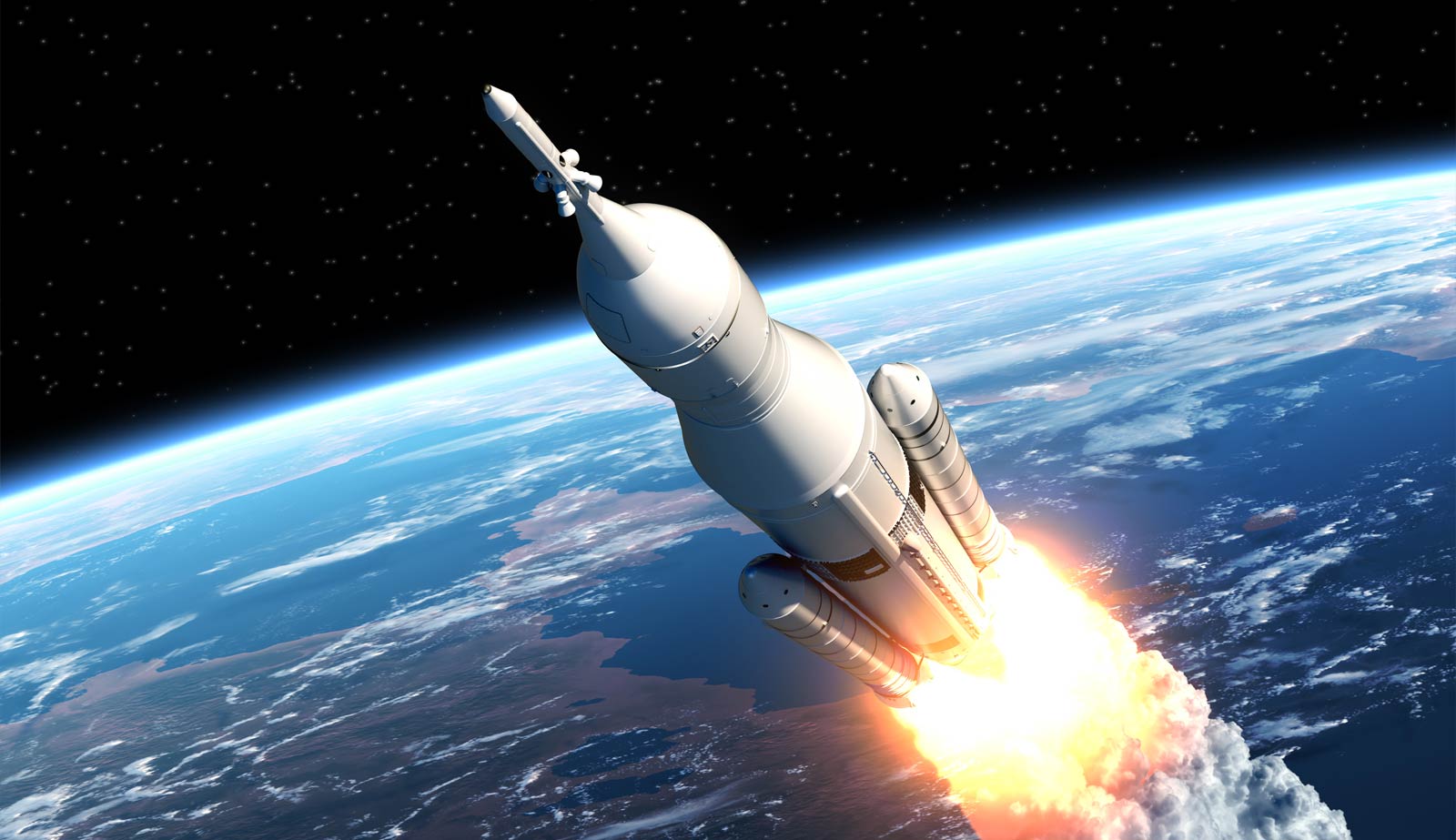
INDUSTRY
Aerospace
HTR treats rocket fuel tanks to make them ready for their task under extreme conditions in space.

Aerospace engineering is concerned with the development and operation of aeroplanes, missiles, spacecraft and satellites.
Application
There is hardly an industry that places higher demands on its equipment than aerospace technology.
It deals with the development and operation of aircraft, missiles, spacecraft and satellites. These systems are constantly being further developed, taking into account technical, scientific and ecological aspects. The aim is to combine components and subsystems as favourably as possible in order to achieve special properties. Desirable attributes include lightness, aerodynamics and thermal resistance.
HTR treats rocket fuel tanks to make them ready for their task under extreme conditions in space.

Get a quote
Request a free and non-binding
an offer from us now!
Why hardening in the aerospace industry?
- Weight reduction: Weight is a decisive factor in the aerospace industry, as lighter components reduce fuel consumption and increase efficiency. Hardening processes enable the production of lighter yet robust components, which helps to reduce the weight of aeroplanes and spacecraft.
- Improved strength and durability: The extreme stress environment of aerospace requires materials with high strength and durability. Hardening processes such as heat treatment and surface hardening improve the mechanical properties of metal components, resulting in increased strength and durability.
- Increased wear resistance: Aircraft and spacecraft components are often exposed to heavy wear due to friction and abrasive particles. Hardening processes such as coating and surface hardening can improve the wear resistance of materials, extending their service life and reducing maintenance costs.
- Thermal stability: In the aerospace industry, components must withstand extreme temperature fluctuations, especially during flight. Hardening processes can improve the thermal stability of materials, ensuring their performance in different environments.
- Corrosion resistance: Aircraft and spacecraft are exposed to environments that can promote corrosion, such as high humidity and salts in the atmosphere. Hardening processes such as galvanising and passivation can improve the corrosion resistance of materials, extending their service life and reducing maintenance costs.
- Reduction of material fatigue: Aircraft and spacecraft are exposed to cyclic loads that can lead to material fatigue. Hardening processes can improve the fatigue resistance of materials, which increases their reliability and service life.
- Improved aerodynamics: Hardening processes can make surfaces smoother and more resistant, which improves the aerodynamics of aircraft and spacecraft and reduces drag.
- Optimisation of components: Hardening processes enable the production of high-precision and customised components that meet the specific requirements of the aerospace industry.
- Reliability and safety: Hardening processes help to improve the reliability and safety of aircraft and spacecraft by increasing the quality and performance of materials and components.
- Innovation and progress: The application of hardening processes enables the aerospace industry to develop innovative materials and technologies that lead to more advanced aircraft and spacecraft.







